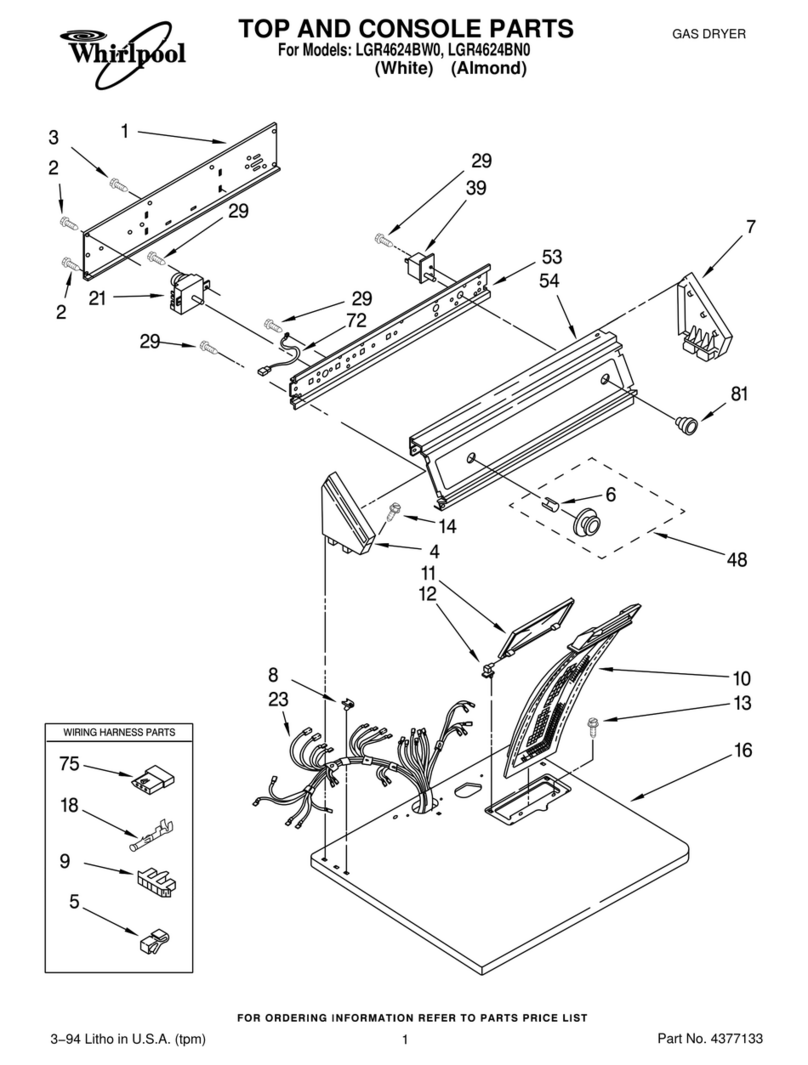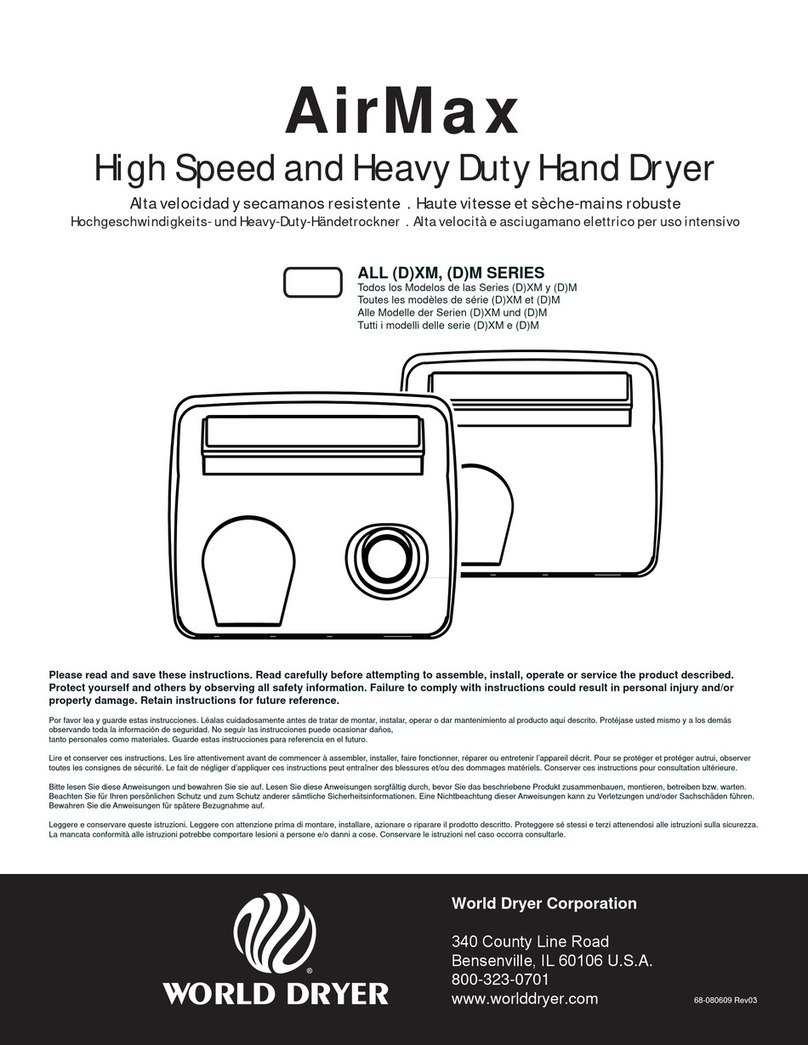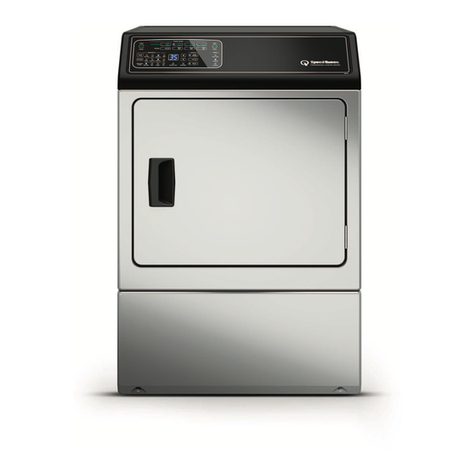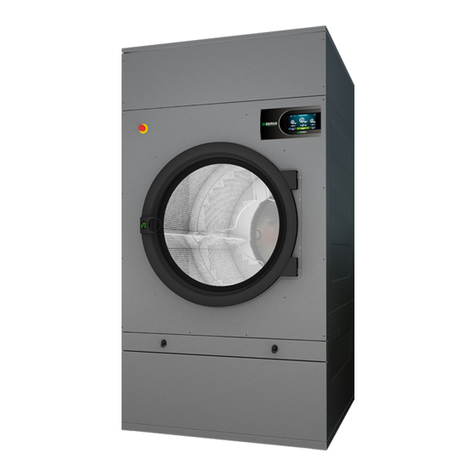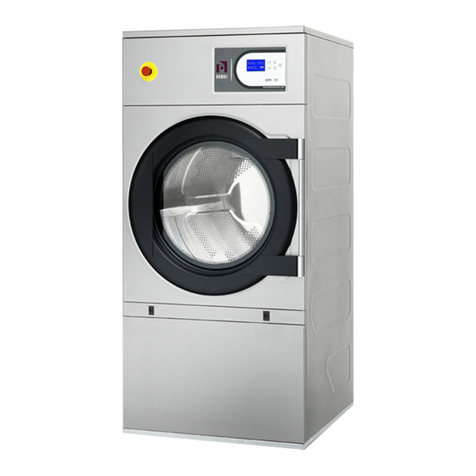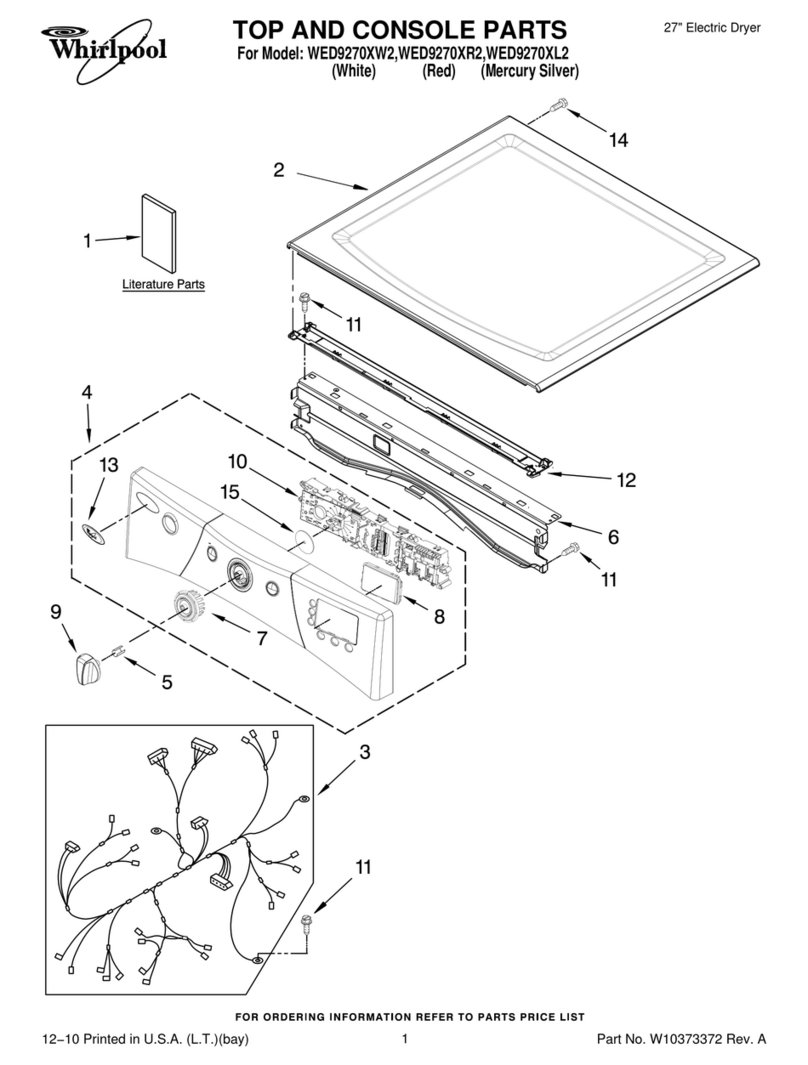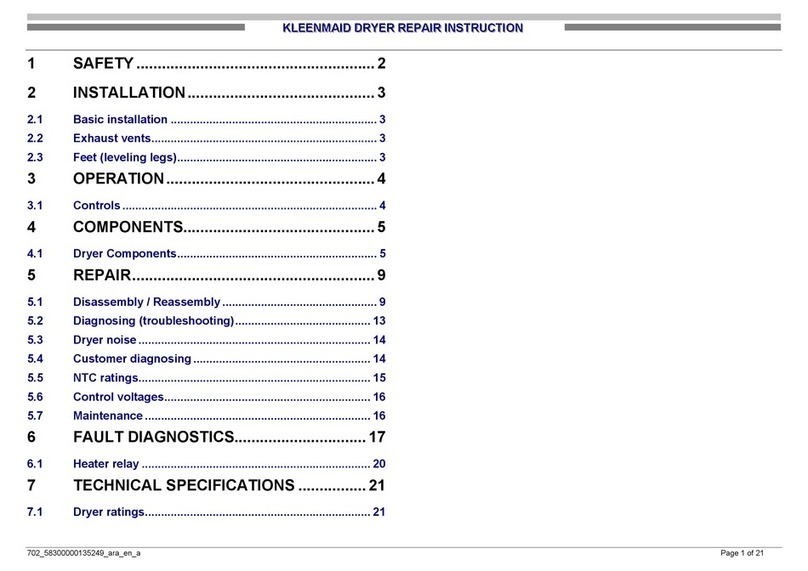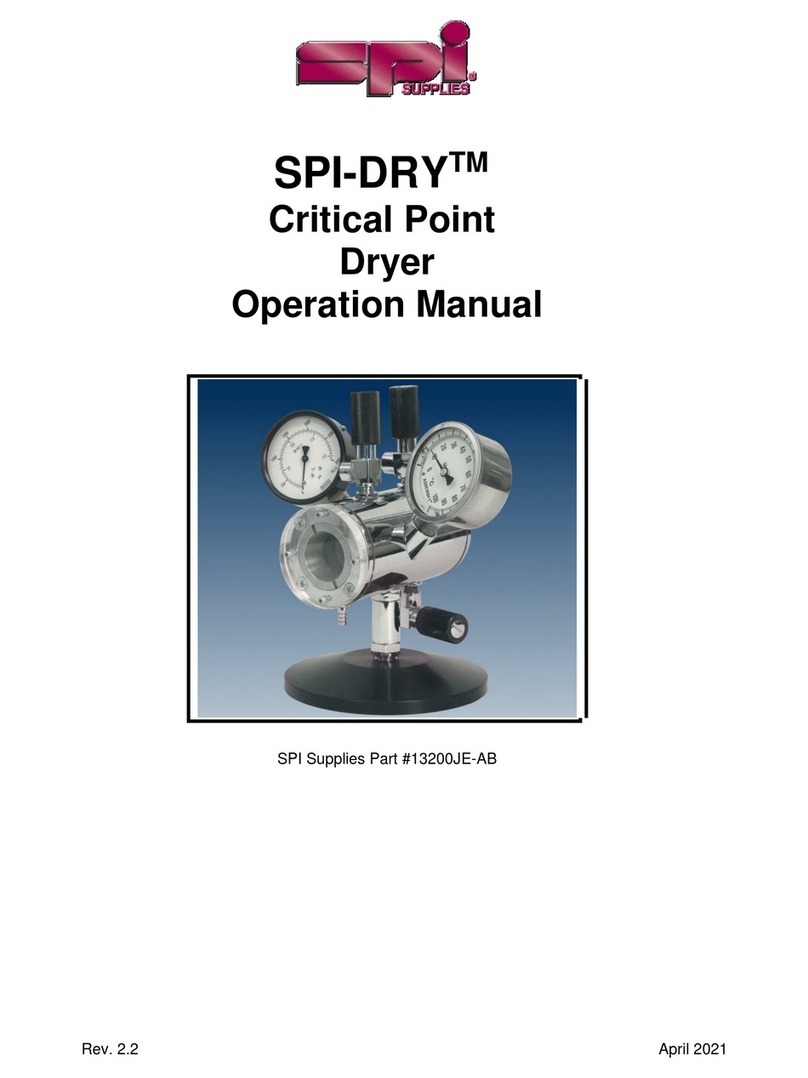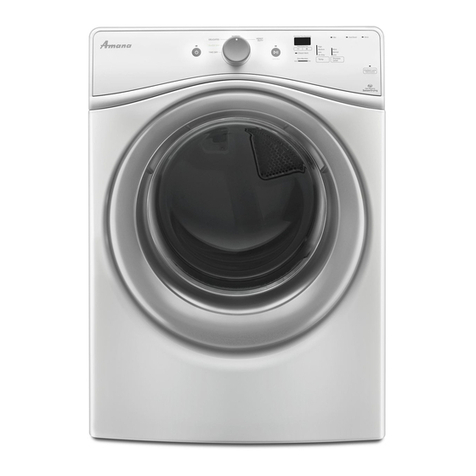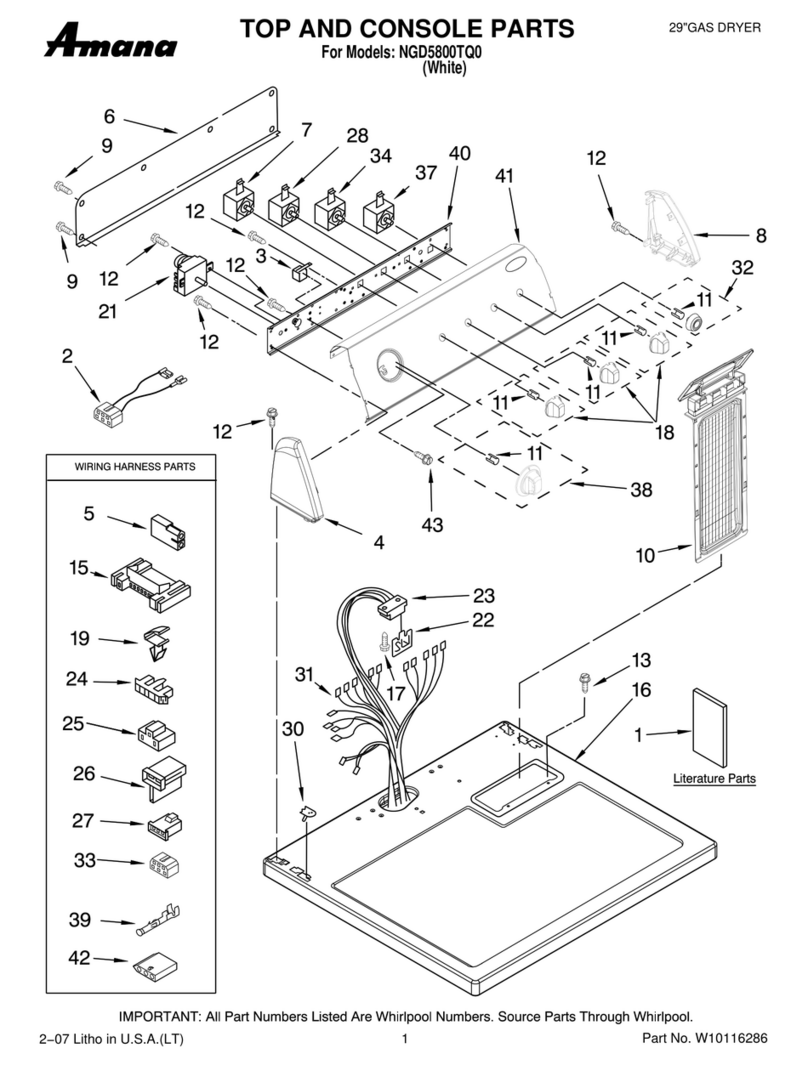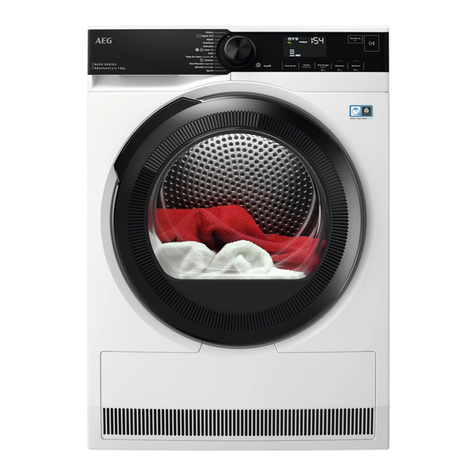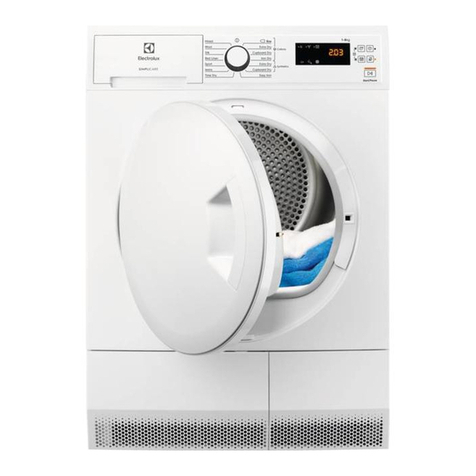
–CONTENTS (EN) –INDEX (FR)–
1. SAFETY INFORMATION ................................................................................. 8
2. GENERAL SPECIFICATIONS ......................................................................... 9
2.1. Overview and dimensions...........................................................................................................................10
3. INSTALLATION ............................................................................................. 11
3.1. Tools...........................................................................................................................................................11
3.2. Location......................................................................................................................................................11
3.2.1. Transport and storage. ........................................................................................................................11
3.2.2. Location..............................................................................................................................................12
3.2.3. Levelling............................................................................................................................................13
3.3. Vapour extraction.......................................................................................................................................13
3.3.1. Entrance of fresh air............................................................................................................................13
3.3.2. Output pipe .........................................................................................................................................14
3.4. Electrical connection..................................................................................................................................16
3.5. Connection to gas (only gas models)..........................................................................................................17
3.6. Injector replacement / Conversion kits.......................................................................................................19
4. OPERATION OF ELECTRONIC CONTROL ................................................. 23
4.1. Principle and description of the control of the machine ............................................................................23
4.2. ELECTRONIC CONTROL:........................................................................................................................23
4.2.1. Information displayed with the indicator lights..................................................................................24
4.2.2. Functions associated to the buttons ....................................................................................................25
4.2.3. Self-service mode ...............................................................................................................................25
4.2.4. Self-recognition mode ........................................................................................................................26
4.2.5. Other functions ...................................................................................................................................27
4.3. How to run a drying cycle ..........................................................................................................................27
4.3.1. How to finish drying...........................................................................................................................28
4.4. ALARMS AND WARNINGS........................................................................................................................28
5. PRINCIPLE AND DESCRIPTION OF THE TOUCH CONTROL .................... 29
6. INTERFACE .................................................................................................. 29
6.1. OPL: SCREEN OFF...................................................................................................................................30
6.2. OPL: MAIN SCREEN.................................................................................................................................30
6.3. OPL: RUN SCREEN...................................................................................................................................31
6.4. SELF-SERVICE: SELECTION SCREEN 1 - BUTTONS: ..........................................................................32
6.5. SELF-SERVICE: SELECTION SCREEN 2 - PAYMENT...........................................................................33
6.6. SELF-SERVICE: RUN SCREEN................................................................................................................34
7. CONFIGURATION ......................................................................................... 34
7.1. Programme management............................................................................................................................35
7.2. Configure system ........................................................................................................................................36



